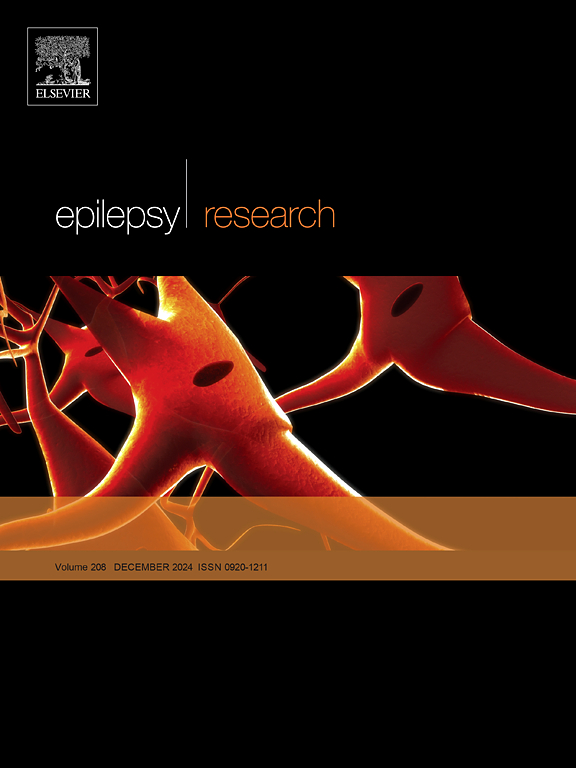在低收入和中等收入国家改善癫痫预防、诊断和治疗的务实战略
IF 2
4区 医学
Q3 CLINICAL NEUROLOGY
引用次数: 0
摘要
癫痫是低收入和中等收入国家的一项重大公共卫生挑战,在这些国家,预防、诊断和治疗必须根据当地资源、基础设施和文化背景进行调整。尽管存在多样性,中低收入国家在癫痫治疗方面普遍存在明显的城乡差异,农村社区面临卫生保健基础设施有限、专家短缺和普遍的耻辱感。预防工作应侧重于可改变的风险因素。神经囊虫病是流行地区可预防的主要癫痫病因,可通过改善卫生设施、获得清洁水和在低成本诊断的支持下及时治疗来解决。加强围产期护理、损伤预防和卒中管理对减少癫痫发病率也至关重要。耻辱感继续阻碍护理。针对学校、社区领袖和公众的有针对性的教育运动对于提高认识和减少歧视至关重要。弥合诊断空白需要方便、经济的工具,如便携式脑电图、基于智能手机的癫痫发作记录和移动诊断应用程序。将这些技术纳入社区卫生系统,并由训练有素的初级保健提供者和社区卫生工作者使用,可实现早期发现和持续监测,特别是在服务不足的地区。治疗策略应优先考虑“易于使用”、耐受性良好的药物,如左乙拉西坦。提高抗癫痫药物的可负担性涉及推广非专利替代品、修订专利法、规范药品价格、设定基本药物的价格上限以及允许批量采购。国家医疗保险计划对于确保低收入人口获得医疗保险至关重要。通过社区卫生工作者的家庭护理、流动外展诊所、远程医疗以及与传统治疗师的合作来扩大可及性,可进一步改善治疗依从性和结果。最后,对初级保健医生进行癫痫护理方面的培训至关重要,因为在农村和资源有限的环境中,他们往往是患者的第一接触点。本文章由计算机程序翻译,如有差异,请以英文原文为准。
Pragmatic strategies for improving prevention, diagnosis, and treatment of epilepsy in low- and middle-income countries
Epilepsy poses a major public health challenge in low- and middle-income countries (LMICs), where prevention, diagnosis, and treatment must be tailored to local resources, infrastructure, and cultural contexts. Despite their diversity, LMICs commonly experience a pronounced urban–rural disparity in epilepsy care, with rural communities facing limited healthcare infrastructure, a shortage of specialists, and pervasive stigma. Prevention efforts should focus on modifiable risk factors. Neurocysticercosis, a leading preventable cause of epilepsy in endemic regions, can be addressed through improved sanitation, access to clean water, and timely treatment supported by low-cost diagnostics. Enhancing perinatal care, injury prevention, and stroke management is also essential to reduce epilepsy incidence. Stigma continues to hinder care. Targeted education campaigns aimed at schools, community leaders, and the general public are vital to improving awareness and reducing discrimination. Bridging diagnostic gaps requires accessible, cost-effective tools such as portable EEGs, smartphone-based seizure recordings, and mobile diagnostic applications. Integration of these technologies into community health systems, and their use by trained primary care providers and community health workers, enables earlier detection and ongoing monitoring, particularly in underserved areas. Treatment strategies should prioritize “easy-to-use,” well-tolerated medications such as levetiracetam. Improving the affordability of antiseizure medications involves promoting generic alternatives, revising patent laws, regulating drug prices, setting price ceilings for essential medicines, and enabling bulk procurement. National health insurance schemes are crucial to ensure access for low-income populations. Expanding access through home-based care by community health workers, mobile outreach clinics, telemedicine, and collaboration with traditional healers can further improve treatment adherence and outcomes. Finally, training primary care physicians in epilepsy care is essential, as they are often the first point of contact for patients in rural and resource-limited settings.
求助全文
通过发布文献求助,成功后即可免费获取论文全文。
去求助
来源期刊

Epilepsy Research
医学-临床神经学
CiteScore
0.10
自引率
4.50%
发文量
143
审稿时长
62 days
期刊介绍:
Epilepsy Research provides for publication of high quality articles in both basic and clinical epilepsy research, with a special emphasis on translational research that ultimately relates to epilepsy as a human condition. The journal is intended to provide a forum for reporting the best and most rigorous epilepsy research from all disciplines ranging from biophysics and molecular biology to epidemiological and psychosocial research. As such the journal will publish original papers relevant to epilepsy from any scientific discipline and also studies of a multidisciplinary nature. Clinical and experimental research papers adopting fresh conceptual approaches to the study of epilepsy and its treatment are encouraged. The overriding criteria for publication are novelty, significant clinical or experimental relevance, and interest to a multidisciplinary audience in the broad arena of epilepsy. Review articles focused on any topic of epilepsy research will also be considered, but only if they present an exceptionally clear synthesis of current knowledge and future directions of a research area, based on a critical assessment of the available data or on hypotheses that are likely to stimulate more critical thinking and further advances in an area of epilepsy research.
 求助内容:
求助内容: 应助结果提醒方式:
应助结果提醒方式:


